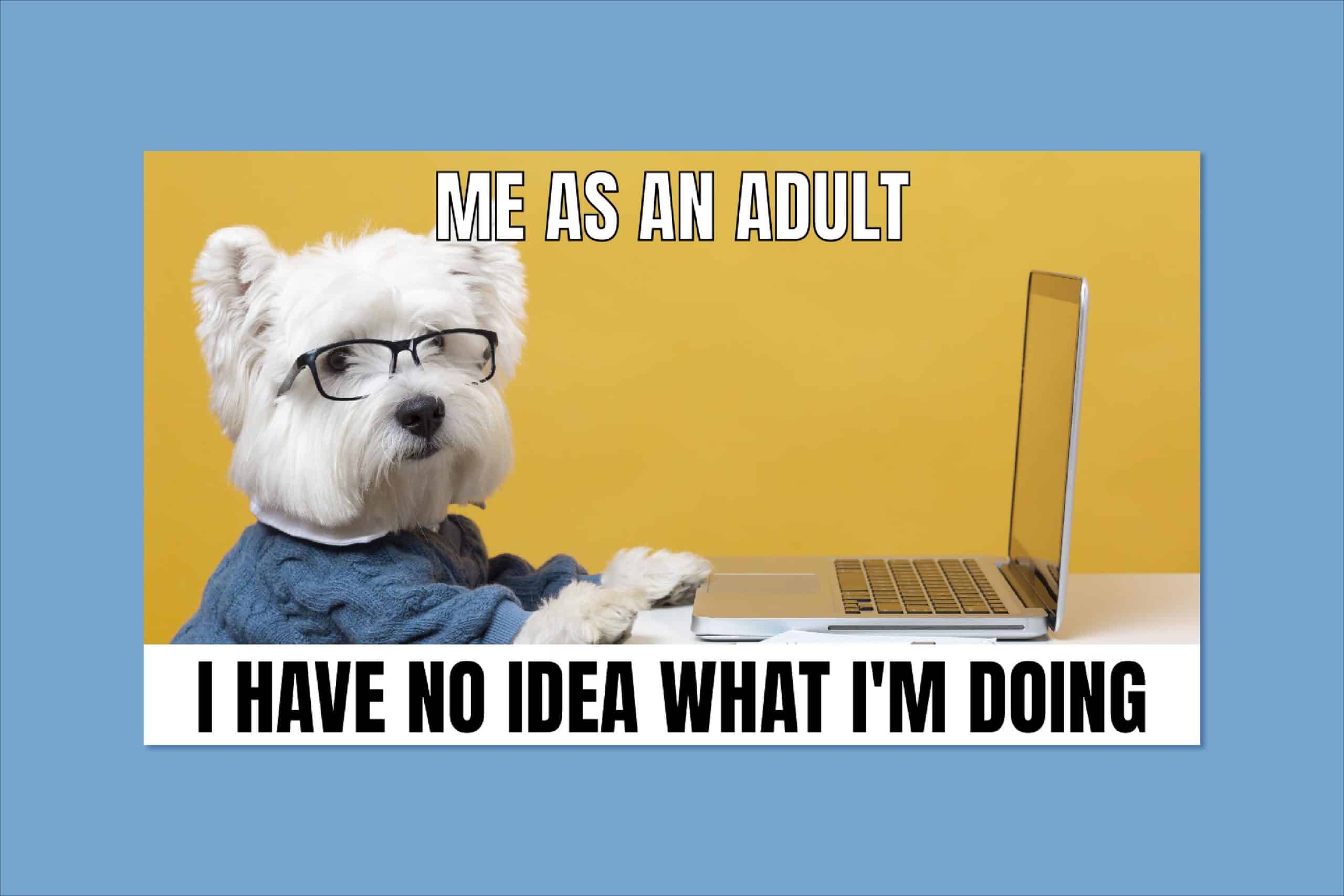For many people, reading that feels natural has become increasingly rare, even though it was once a leisure activity. But in the age of digital distractions, binge-worthy streaming shows, and relentless work cycles, reading often feels like another item on a long to-do list. According to a Pew Research Center study, nearly 23% of American adults said they hadn’t read a single book in the past year [1]. This shift is more than a time issue; it’s a mindset issue. For reading to become a sustainable habit, it must feel enjoyable and personally rewarding—not like a chore.
This article will explore how to build a reading habit that feels natural, with a focus on emerging trends and practical, flexible strategies that support different reading styles and life rhythms.

That’s the goal: forming a relationship with books that feels natural, engaging, and integrated into your lifestyle. A successful reading habit can spark curiosity and creativity rather than feel obligatory or draining.
Trend 1: Micro-Reading
Short-form content has gained momentum thanks to platforms like Substack, Blinkist, and even TikTok book reviews. Micro-reading involves consuming text in small chunks—ideal for busy people or those new to reading habits.
How to Apply Micro-Reading:
- Subscribe to short story newsletters like “Narratively” or “Daily Science Fiction.”
- Use apps like Blinkist to read or listen to book summaries.
- Keep a short story anthology by your bed or in your bag for quick reading sessions.
The key is to reduce the barrier to entry. Even 5 minutes of reading counts.
Trend 2: Social Reading Communities
From Reddit book clubs to Discord servers and BookTok trends, social reading is back. Being part of a community reduces the isolation of reading and can make the experience feel interactive.
Where to Find Social Reading Communities:
- Goodreads: Join groups based on genres or reading challenges.
- Bookclubs.com: Easily form a private club with friends or coworkers.
- Subreddits: r/books, r/printSF, or r/TrueLit cater to various tastes and reading levels.
You don’t need to commit to long discussions. Just commenting on a thread or sharing a quote can provide the sense of participation.
Strategy: Make Reading Purpose-Driven
Instead of setting goals based on volume (e.g., 50 books a year), consider purpose-driven reading: Reading that feels natural can thrive when aligned with your goals.
Ask Yourself:
- What am I curious about right now?
- Is there a skill I want to build?
- Is there a period in history or culture I want to explore?
When reading aligns with personal interests or current life goals, it becomes inherently motivating.
Strategy: Format Flexibility
Reading that feels natural involves flexibility in format. Audiobooks, graphic novels, and interactive fiction are all valid reading experiences.
Options to Consider:
- Audiobooks: Try Libro.fm or Audible for titles you can enjoy on walks or during commutes.
- Graphic Novels: Explore titles from publishers like Image Comics or Fantagraphics.
- Digital Apps: Kindle, Libby, and Scribd make it easy to read across devices.
By removing the rigidity of print-only expectations, reading becomes more accessible and enjoyable.
Strategy: Curate, Don’t Accumulate
Digital “to be read” piles can be just as overwhelming as physical stacks. Curating your reading list can help reduce pressure and make reading feel less like a checklist.
Tips for Curation:
- Keep a list of 5-10 books only.
- Use mood-based categorization: “Light Night Reads,” “Big Ideas,” “Fast-Paced Thrillers.”
- Periodically clear your list if something no longer interests you.
You’re not obligated to finish everything. It’s okay to DNF (Did Not Finish).
Strategy: Design a Reading Ritual
Rituals signal to the brain that it’s time for something meaningful. This applies to reading too.
How to Build One:
- Set a regular time: 15 minutes before bed or while sipping morning coffee.
- Use a specific space: a chair by the window or a cozy nook.
- Keep tools nearby: bookmarks, pens, sticky notes.
Small rituals make the reading habit more intentional and enjoyable.
Trend 3: Re-Reading and Annotating
Re-reading is gaining popularity, particularly among those who journal or annotate books. This deeper interaction turns passive reading into active engagement.
How to Start:
- Choose a favorite book to revisit.
- Use highlighters or tabs to mark thoughts.
- Start a simple reading journal to track what resonates with you.
The goal is connection, not completion.
Final Thoughts: Make It Yours
Reading that feels natural is ultimately about autonomy. The moment you stop following arbitrary rules and start aligning reading with your lifestyle, preferences, and energy levels, it becomes something you look forward to.
You don’t need to read what everyone else is reading. You don’t need to finish everything you start. What matters is that your habit supports your curiosity, your rest, and your growth.
References
[1] Pew Research Center. (2022). Who Doesn’t Read Books in America? https://www.pewresearch.org/fact-tank/2022/09/01/who-doesnt-read-books-in-america/
[2] Blinkist. (2023). Why Microlearning Works. https://www.blinkist.com/en/articles/why-microlearning-works
[3] Bookclubs.com. (2024). How to Build a Virtual Book Club. https://bookclubs.com/blog/how-to-build-a-virtual-book-club






